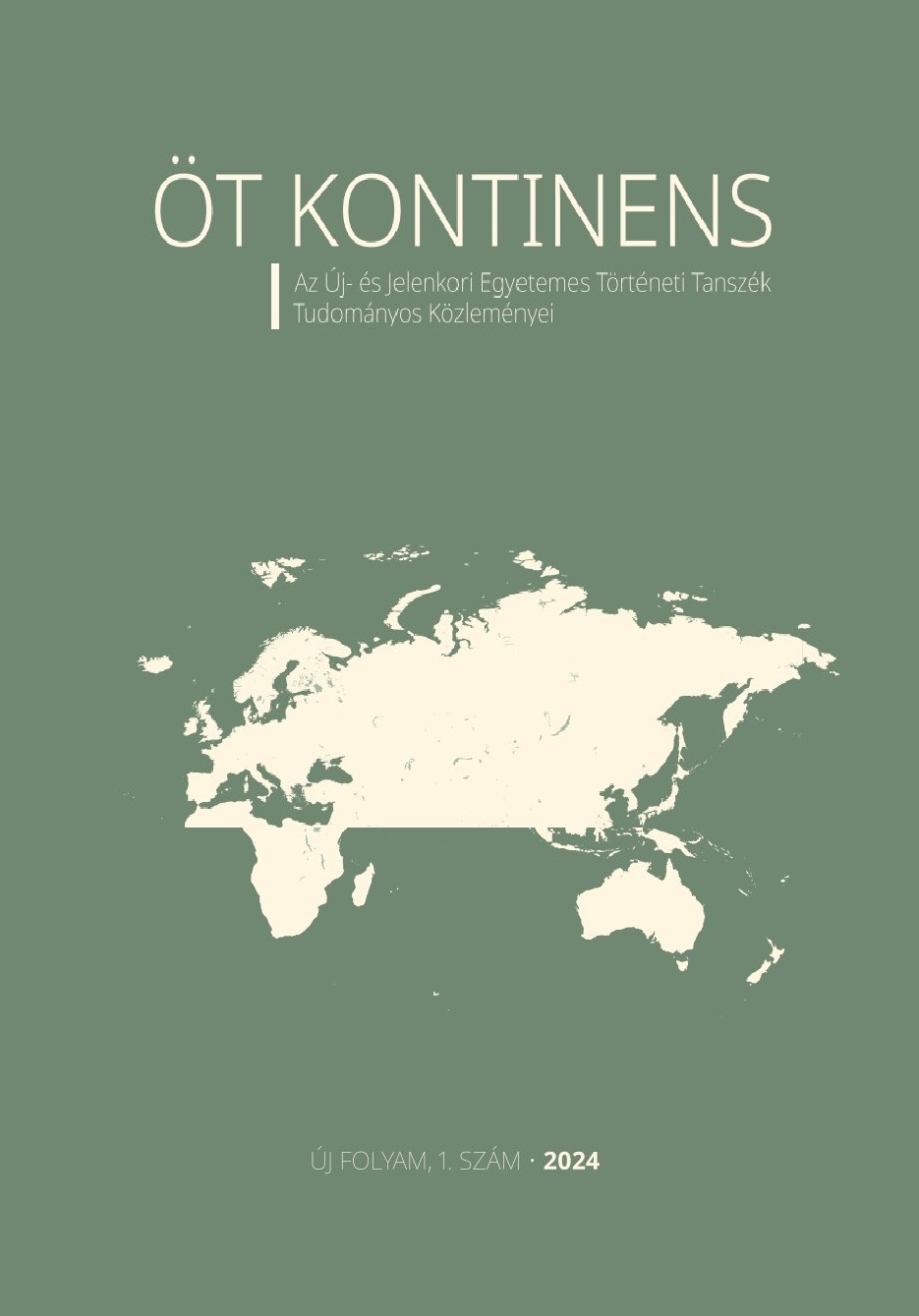German Ex-Chancellor Hans Luther’s 1926 Air Tour in South America and the Establishment of the Brazilian Condor and VARIG Airlines
Brazília mint az Európa-Dél-Amerika „Südatlantikprojekt” amerikai légi hídfője
DOI:
https://doi.org/10.61498/OK2024-1.10Abstract
In the second half of 1926, German aviation activity in South America, often dubbed as „the last free continent,” experienced a significant surge, when German ex-chancellor Hans Luther embarked on a several months long promotional air tour in Latin America, visiting altogether nine countries. Luther used modern German Junkers and Dornier airplanes for this journey, covering substantial distances, such as the approximately 3,000-kilometre route between Buenos Aires and Rio de Janeiro. One of the most notable outcomes of this tour was the Brazilian government’s decision to grant an airmail concession to Condor in 1926 and then to VARIG airlines in 1927, both of which belonged to Lufthansa. Despite their formal national status, these
airlines, along with Colombian (SCADTA, 1919) and Bolivian (LAB, 1925) airlines, operated as cover names. Under the guise of national flags, these airlines served Lufthansa’s broad, globally interconnected aviation objectives by purchasing German aircrafts and employing German pilots. Consequently, a significant Franco-German air rivalry emerged, particularly concerning the estab lish ment of the intercontinental air routes between Europe and South America ( Natal, Brazil) and the Zeppelin airship route, notably the South Atlantic air bridge. There was also competition for control of Latin American airspace. In
the coordinated effort to establish German-owned air routes in Spain and Latin America, priority was given to securing dominance over Spanish and Brazilian airspace. This process resembled the construction of a tunnel connecting the two continents from both ends.

